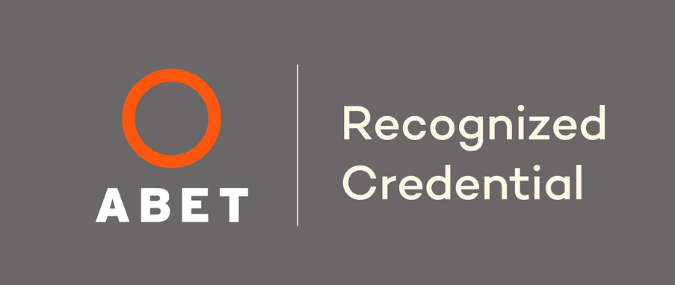

This program has satisfied ABET’s Credential Recognition Standards for quality.
View Important Policies and System Requirements for this course
Interested in registering 5 or more engineers for a course? Contact us for information and rates.
INSTRUCTORS:
Carla López Del Puerto, Ph.D., LEED AP
Douglas D. Gransberg, Ph.D., P.E., F.ASCE
Purpose and Background
Alternative project delivery methods have become both well-accepted and widely used in both the design and construction industry. Nevertheless, many practitioners have little or no actual knowledge and experience with projects delivery using construction manager-at-risk (CMAR), design-build (DB), progressive design-build (PDB) and public private partnerships (P3). This course will furnish a foundational knowledge of the key concepts and approaches used to develop and deliver projects using the four previously cited methods.
Benefits and Learning Outcomes
Upon completion of this course, you will be able to:
- Describe the key terminology related to each delivery method including the differences between the same term used in different methods.
- Explain the differences between alternative delivery methods used for building project and those in use for civil infrastructure projects.
- Identify the key risks inherent to each delivery method from the owner’s, designer’s and contractor’s perspective.
- Identify appropriate delivery methods given the details of a specific project.
Assessment of Learning Outcomes
Achievement of the learning outcomes by attendees will be assessed through a final exam.
Who Should Attend?
- Design and construction project managers
- Technical support staff
- Construction administrators
- General contractors
- Entry-level and experienced engineers
- Architects and design professionals
- Public or private owners
- Legal Personnel
Pre-requisites
The course is designed for both entry-level and experienced engineering, design, and construction professionals as well as those who are employed by public and private owners.
Course Outline
Module 1: Project Delivery Method Basics
Lesson 1.1 = Overview of project delivery – this video contains a short quiz
Lesson 1.2 = Procurement procedures – this video contains a short quiz
Lesson 1.3 = Contract payment provisions
Lesson 1.4 = Sollicitation documents
Lesson 1.5 = Learning Exercice
Module 2: Construction Manager-at-Risk Delivery
Lesson 2.1 = Advantages and risks of CMAR – this video contains a short quiz
Lesson 2.2 = CMAR procurement process – this video contains a short quiz
Lesson 2.3 = CMAR GMP pricing provisions
Lesson 2.4 = Preconstruction services
Lesson 2.5 = Learning Exercise
Module 3: Design-Build Delivery
Lesson 3.1 = Advantages and risks of DB – this video contains a short quiz
Lesson 3.2 = DB procurement process and alternative technical concepts – this video contains a short quiz
Lesson 3.3 = DB pricing provisions
Lesson 3.4 = DB design administration
Lesson 3.5 = Learning Exercise
Module 4: Progressive Design-Build Delivery
Lesson 4.1 = Risk Applied to Pricing – this video contains a short quiz
Lesson 4.2 = Indexing Pricing for Location and Time – this video contains a short quiz
Lesson 4.3 = Escalation of Pricing to the Future
Lesson 4.4 = Indexing and Escalation Example
Lesson 4.5 = Learning Exercise
Module 5 = Final Exam
How to Earn your CEUs/PDHs and Receive Your Certificate of Completion
This course is worth .5 CEUs/5 PDHs. To receive your certificate of completion, you will need to complete a short on-line post-test (final exam) and receive a passing score of 70% or higher.
How do I convert CEUs to PDHs?
1.0 CEU = 10 PDHs [Example: 0.1 CEU = 1 PDH]

The Alternative Project Delivery credential satisfies ABET’s Credential Recognition Standards for quality.
You also might be interested in:
